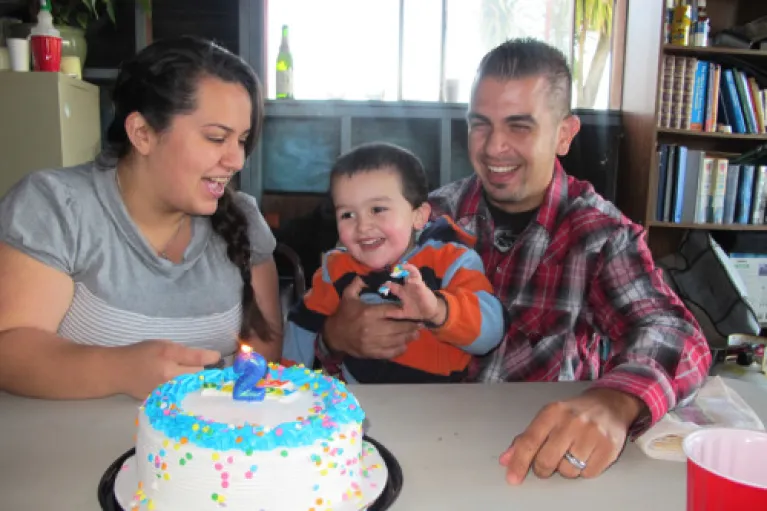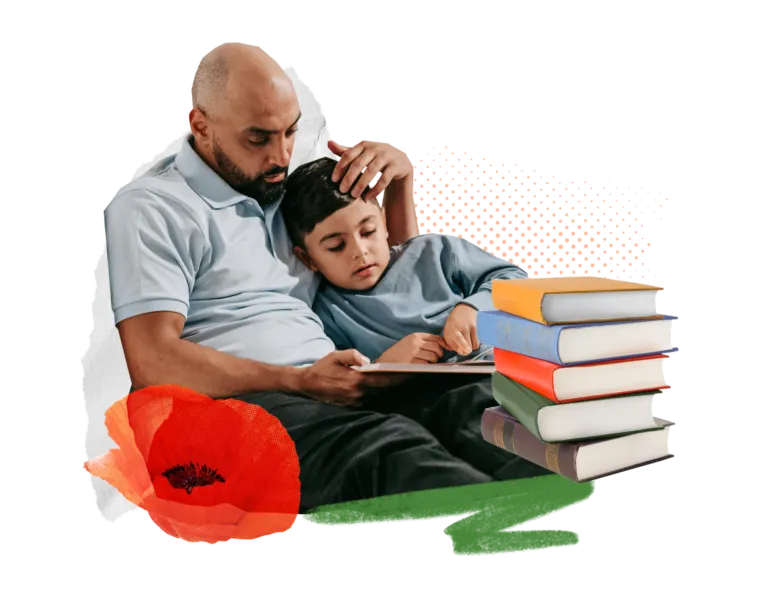Building Resilient Communities
While projected impacts of climate change like extreme weather events in Marin County and beyond are stark, there are many ways that philanthropy can act to reduce the impacts on our communities.
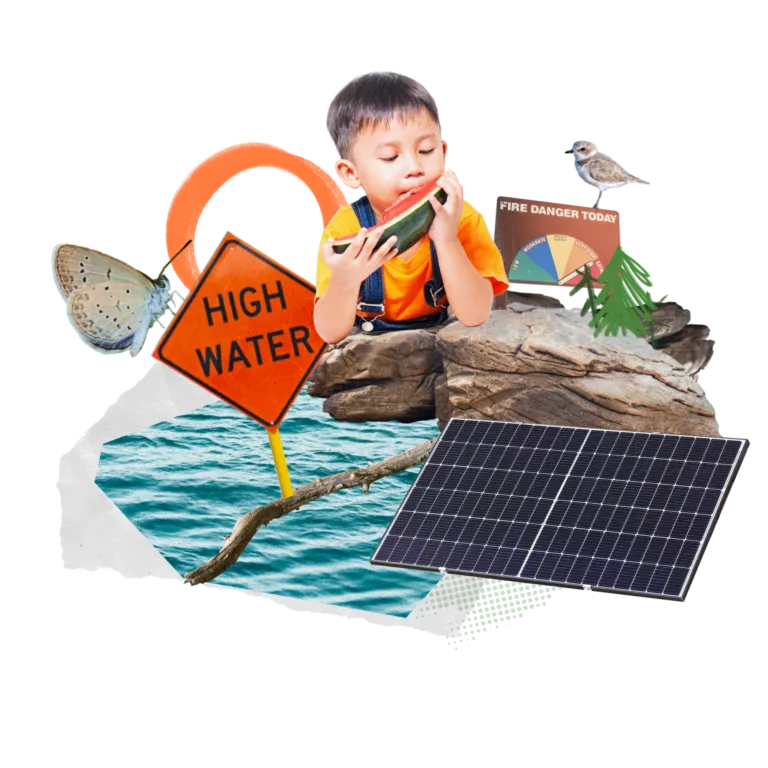
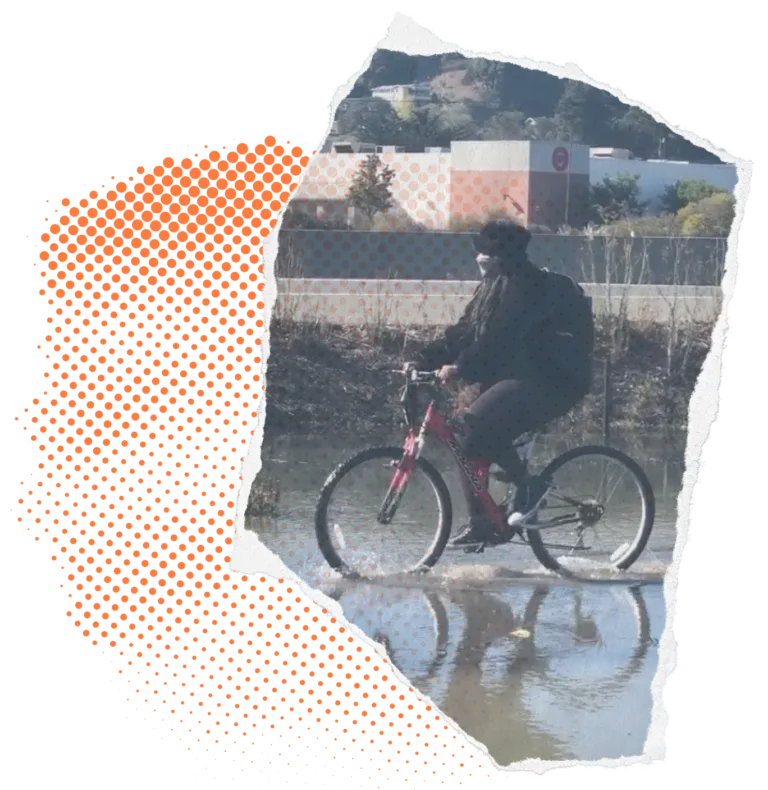
What's at stake
Marin County is geographically stunning but climatically fragile. In our county, record breaking weather, wildfire, rising seas, more intense rainstorms and flooding, and power outages have become the norm rather than the exception. These challenges are making life harder by affecting health, increasing living costs, and putting families' stability and financial security at risk - especially for those already struggling .
Work to Date
Over the past two years, MCF has provided support to dozens of nonprofit organizations in our priority communities that are building their resiliency muscles. Grants have bolstered their ability to engage, plan, and implement important hyperlocal climate resilience projects; provided technical assistance to pursue state and federal climate funding; and expanded workforce training programs in low-carbon sectors. In essence, we established a strong foundation for action.
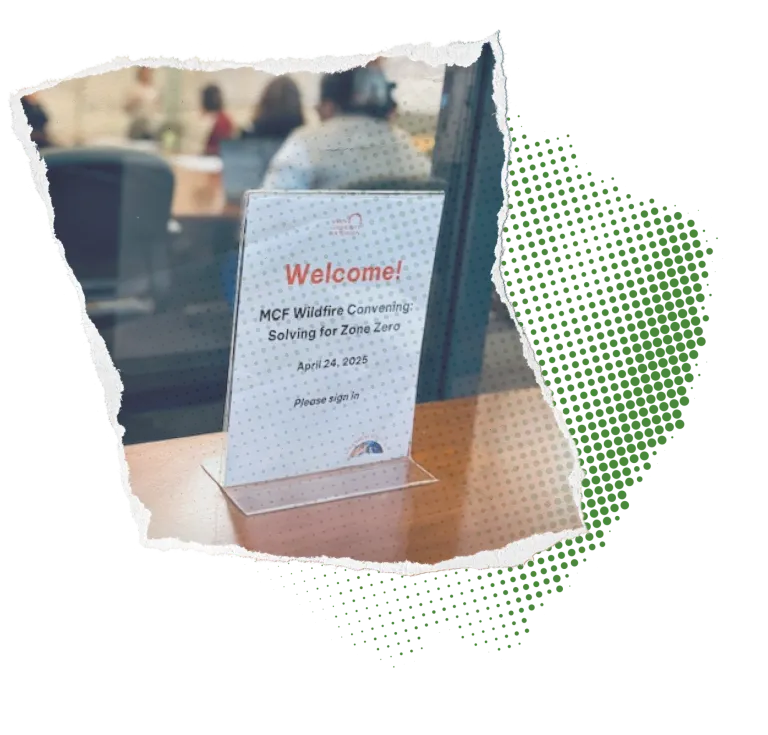
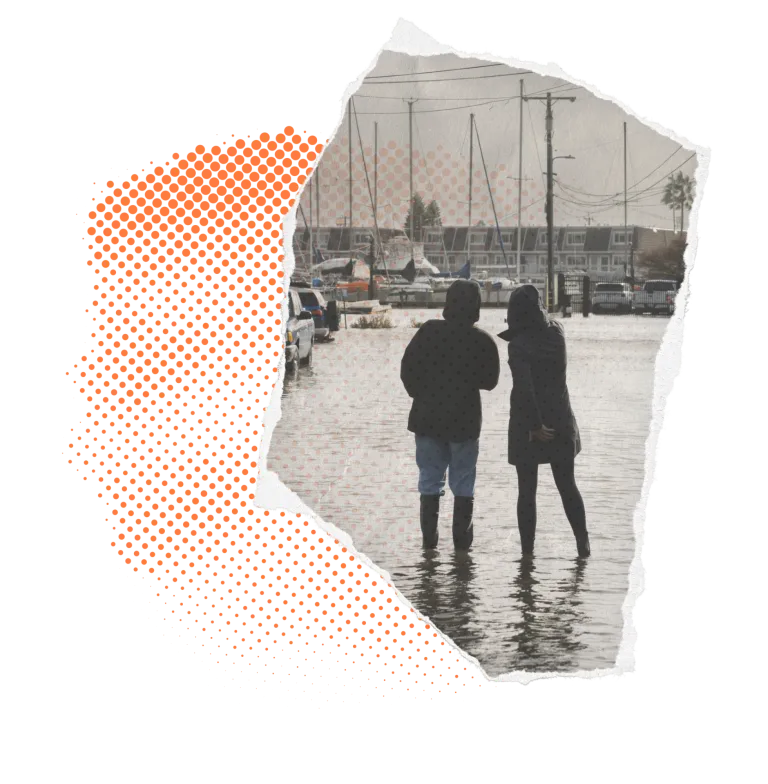
Next Phase
In the remaining three years of this initiative, we will seek to accelerate high-impact climate resilience projects across Marin County, pursuing solutions that are equitable, innovative, collaborative, and scalable. In particular, we will focus on project investments in four key areas: sea level rise, flooding, wildfire, and clean energy.
Making big, lasting change requires many groups working together—including local residents and nonprofits; scientific and technical experts; and city and county governments. Everyone has a role to play, and coordination across different sectors is key.
Our vision
Adapting to a changing climate is about being proactive, not reactive. It takes planning, investment, and community involvement—but the payoff is massive in terms of protecting communities and livelihoods. We see a tremendous opportunity to build truly resilient communities throughout Marin, particularly those that bear the greatest brunt of climate impacts.
As we look to the future, we are working to advance transformative change, helping leaders in Marin build resilience in the face of unprecedented levels of climate threats and shocks. As always, we will be most keenly focused on those who are both most vulnerable to impacts and most lacking in resources to address them.
We remain committed to a vision that all of Marin, including our priority communities, are healthy, livable, and resilient to long-term climate impacts.

Building Resilient Communities - Resources
Interested in learning more? Read about recent grantmaking for this initiative as well as opportunities to engage.

